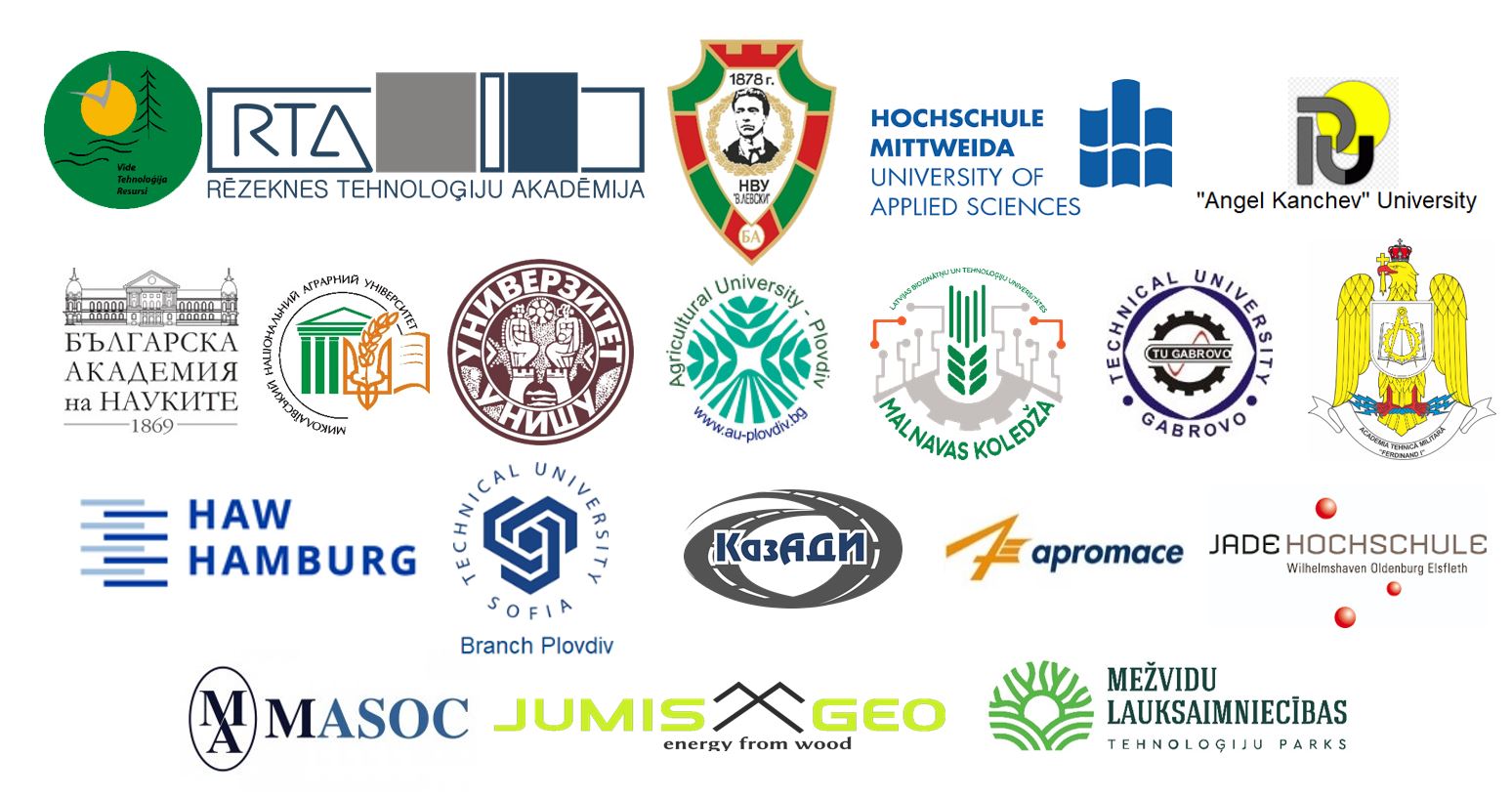FABRIC SELECTION FOR WORK WEAR DURING PROCUREMENT PROCEDURE
##manager.scheduler.building##: Atbrivosanas aleja 115, k-4 (Faculty of Engineering)
##manager.scheduler.room##: Room 013
Last modified: 01.06.2017
Abstract
Nowadays, more and more importance is given to labour protection, health and safety. One of the protective means is suitable clothing. Often workwear serves as a uniform, which characterize the position of the worker and represents the organization. Basically, such types of workwear are sewn or purchased using the procurement procedure. Usually procurement procedure is carried out for the entire sewn product as a whole. When workwear is worked out great importance should be paid to basic fabrics and their protective quality. In order to provide the most suitable choice of the fabric, the procurement procedure of it should be done separately from the sewing service purchase. Fabric production and garment sewing in most cases take place at different companies. In this case, does not always match the probability that the best sewing service provider will offer the best quality fabrics.
Technical specification of fabrics should be worked out very carefully. It should include fabric fibre content, structure characteristics, type of finishing, mechanical and physical properties. Fabrics supplier selection can be made after the applicant submitted fabric technical description, were specifies all nominal values of requested technical characteristics. The procurement procedure must include testing of actual characteristics and its comparison with nominal values.
Field uniform fabrics are analysed as an example in scientific study. The procurement procedure of these fabrics should be especially accurate. During procurement procedure is important to check conformity of supplied fabric directly to offered characteristics.
Keywords
References
- LVS EN ISO 31688:2013 Aizsargapģērbs. Vispārīgās prasības.
- Regulation (EU) No 1007/2011 of the European Parliament and of the Council of 27 September 2011 on textile fibre names and related labelling and marking of the fibre composition of textile products.
- LVS EN 1773:2001 Textiles - Fabrics - Determination of width and length
- LVS EN 12127:2001 Textiles - Fabrics - Determination of mass per unit area using small samples
- LVS EN 1049-2:2001 Textiles - Woven fabrics; construction - Methods of analysis - Part 2: Determination of number of threads per unit length
- ISO 7211-5:1984 TextilesWovenfabrics Construction Methodsofanalysis
- LVS EN 13934-1:2013 Textiles - Tensile properties of fabrics - Part 1: Determination of maximum force and elongation at maximum force using the strip method
- LVS EN 13937-2:2001 Textiles - Tear properties of fabrics - Part 2: Determination of tear force of trouser-shaped test specimens (Single tear method)
- LVS EN 9237:2001 Textiles – Determination of the permeability of fabrics to air
- BS 3356:1990 Method for determination of bending length and flexural rigidity of fabrics
- LVS EN ISO 4920:2012 Textile fabrics - Determination of resistance to surface wetting (spray test)
- LVS EN ISO 11092:2014 Textiles - Physiological effects - Measurement of thermal and water-vapour resistance under steady-state conditions (sweating guarded-hotplate test)
- Euratex Technical Clothing Group, “Recommendations concerning characteristics and faults in fabrics to be used for clothing,” Euratex TCG Recommendations, Proposal March 2006 [Online]. Available: https://s3-eu-west-1.amazonaws.com/frantic/stjm/ECLA_suositus_kankaiden_laatuvaatimukset_2006.pdf[Accessed: Feb. 16, 2017].

